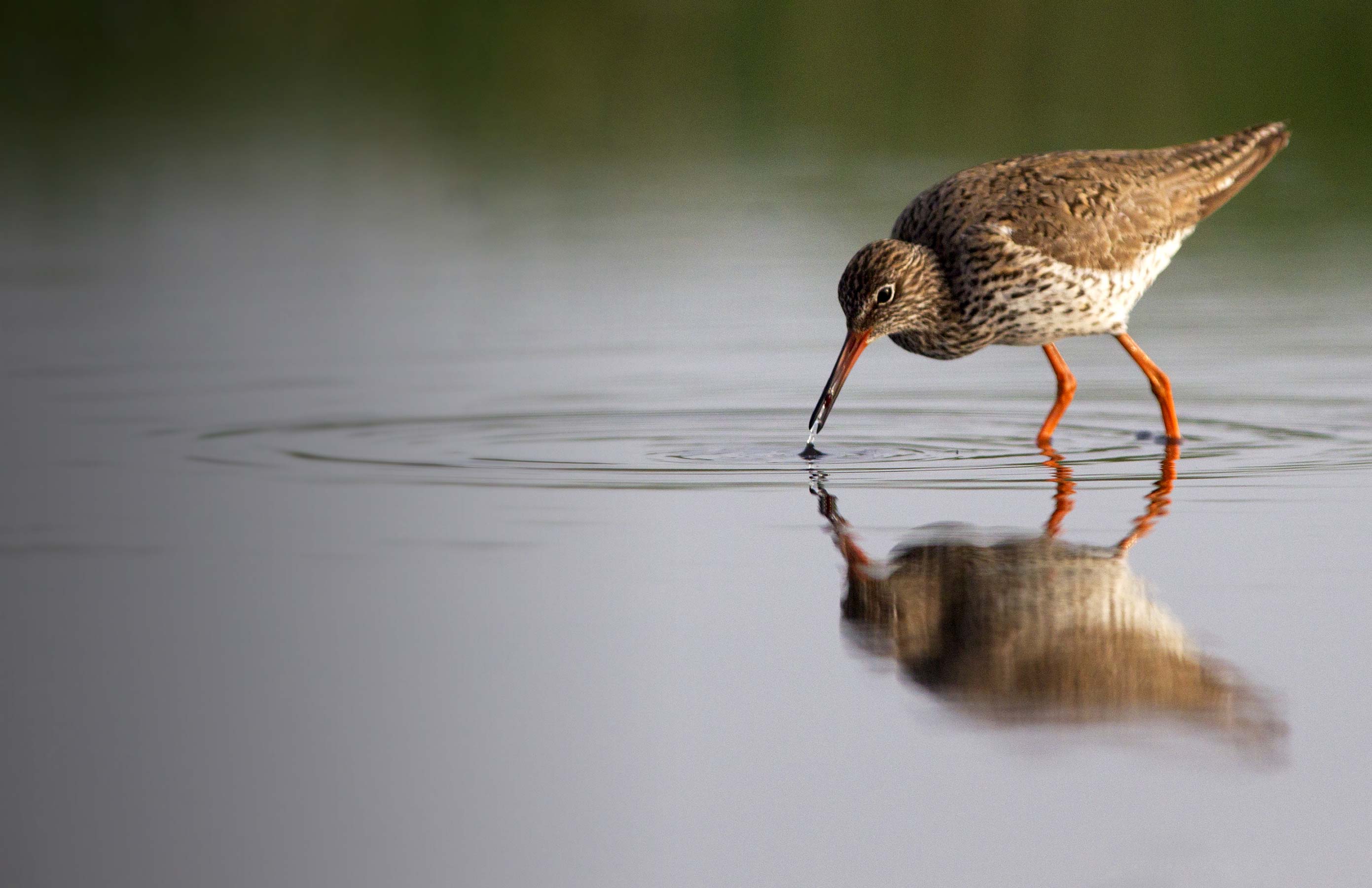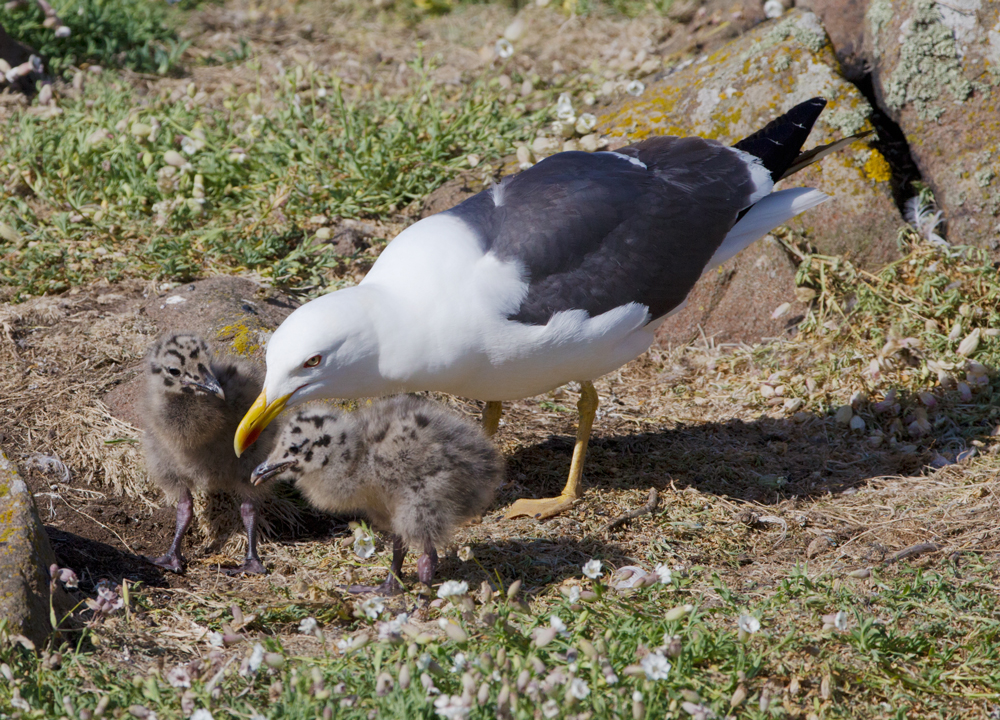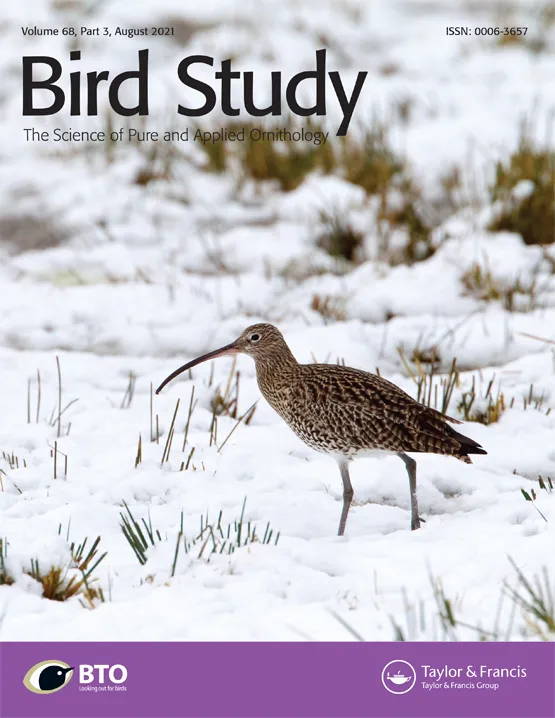BTO create and publish a variety of important articles, papers, journals and other publications, independently and with our partners, for organisations, government and the private sector. Some of our publications (books, guides and atlases) are also available to buy in our online shop.
Annual report of the Seabird Monitoring Programme
Seabird Population Trends and Causes of Change: 1986–2023
This report presents the latest seabird population trends in breeding abundance and productivity using data from the Seabird Monitoring Programme (SMP).
The report documents changes in the abundance and productivity of breeding seabird species in Britain and Ireland from 1986 to 2023, and provides a detailed account of the 2021, 2022 and 2023 breeding seasons.

Search settings
Results of the third Non-Estuarine Waterbird Survey, including Population Estimates for Key Waterbird Species
Author: Graham Austin, Teresa Frost, Heidi Mellan, Dawn Balmer
Published: 2017
During December, January and February of the winter of 2015/16 the BTO organised the third Non-estuarine Waterbird Survey (NEWS III), the fourth in a series of coordinated winter surveys of the non-estuarine coast of the UK, following the Winter Shorebird Count (WSC) in 1984/85 (Moser 1987), NEWS I in 1997/98 (Rehfisch et al. 2003) and NEWS II in 2006/07 (Austin et al. 2008).
01.10.17
Reports

Assessing the habitat use of Lesser Black-backed Gulls (Larus fuscus) From the Bowland Fells SPA.
Author: Clewley, G.D., Scragg, E.S., Thaxter, C.B. & Burton, N.H.K.
Published: 2017
The Bowland Fells Site of Special Scientific Interest (SSSI) and Special Protection Area (SPA) is located to the east of Lancaster within north Lancashire. It supports the largest area of blanket bog and heather moorland within Lancashire and provides a habitat for an internationally important upland breeding bird community. The diverse mosaic of upland habitats across the Fells contributes greatly to the ornithological interest of the site, which supports breeding Hen Harrier (Circus cyaneus) (at its only regular breeding site in England), Merlin (Falco columbarius) and one of the five largest UK breeding colonies of Lesser Black-backed Gull (Larus fuscus), which is a SPA review (Stroud et al. 2001) and pSPA (potential SPA) feature.
20.09.17
Reports

Consequences of population change for local abundance and site occupancy of wintering waterbirds
Author: Méndez, V., Gill, J.A., Alves, J.A., Burton, N.H.K. & Davies, R.G.
Published: 2017
Protected sites for birds are typically designated based on the site’s importance for the species that use it. For example, sites may be selected as Special Protection Areas (under the European Union Directive on the Conservation of Wild Birds) if they support more than 1% of a given national or international population of a species or an assemblage of over 20,000 waterbirds or seabirds. However, through the impacts of changing climates, habitat loss and invasive species, the way species use sites may change. As populations increase, abundance at existing sites may go up or new sites may be colonized. Similarly, as populations decrease, abundance at occupied sites may go down, or some sites may be abandoned. Determining how bird populations are spread across protected sites, and how changes in populations may affect this, is essential to making sure that they remain protected in the future.
20.09.17
Papers

Bird and bat species' global vulnerability to collision mortality with wind farms revealed through a trait-based assessment.
Author: Thaxter, C.B., Buchanan, G.M., Carr, J., Butchart, S.H.M., Newbold, T., Green, R.E., Tobias, J.A., Foden, W.B., O'Brien, S. & Pearce-Higgins, J.W.
Published: 2017
In a changing world, the development of green energy is more important than ever. One of the most well-developed and cheaply available options is wind power, but there is evidence that wind farms can also have a negative impact on biodiversity. This 2017 study, funded by the Cambridge Conservation Initiative and led by BTO, is the first to look at the global impact of wind farms on bird and bat populations.
13.09.17
Papers

Environmental correlates of breeding abundance and population change of Eurasian Curlew Numenius arquata in Britain
Author: Franks, S.E., Douglas, D.J.T., Gillings, S. & Pearce-Higgins, J.W.
Published: 2017
Wader populations are declining worldwide, with causes often being linked to the loss and degradation of habitats, increased predation, and a changing climate. Here in the UK, we have seen dramatic declines in Curlew populations over recent decades, resulting in the species being proposed as the UK’s most important bird conservation priority. If we are to halt and reverse these declines then we first need to understand which threats this iconic species is facing.
01.09.17
Papers
